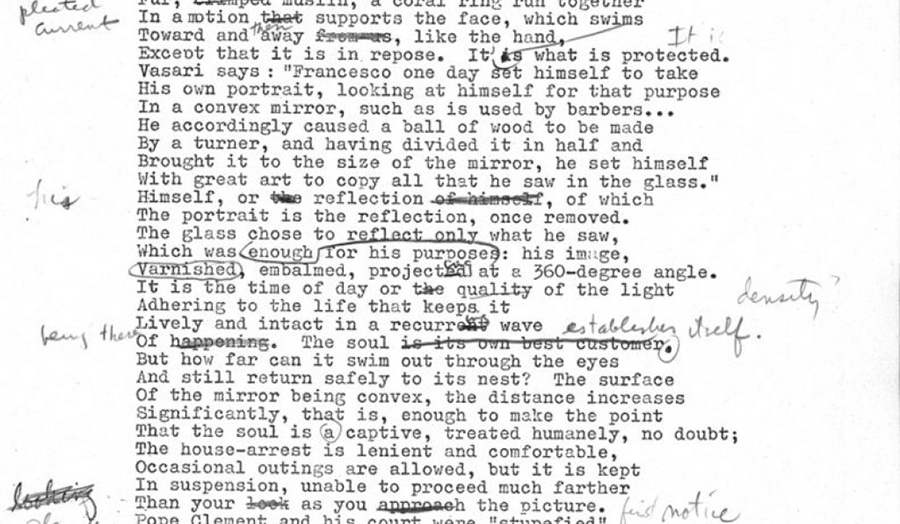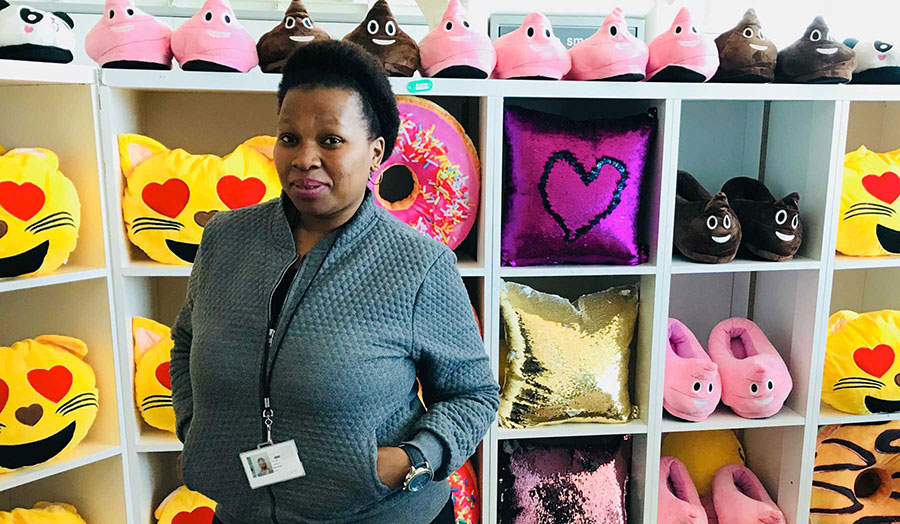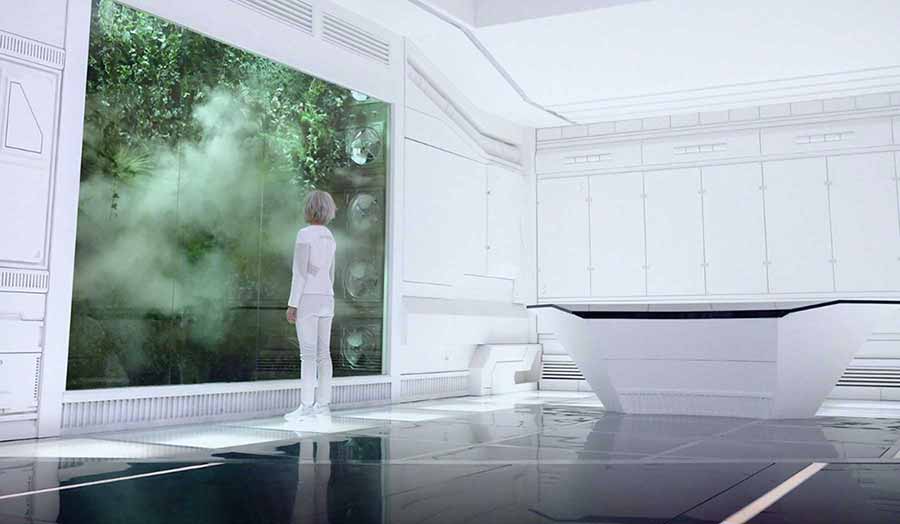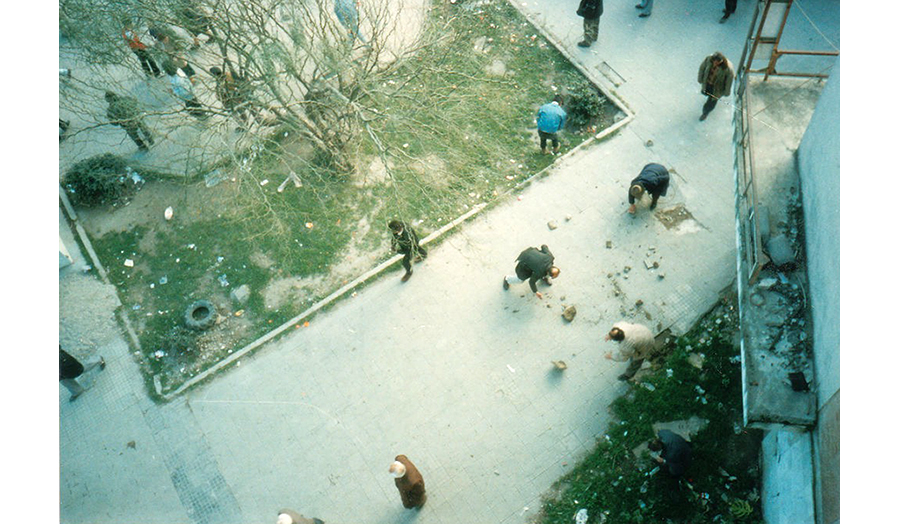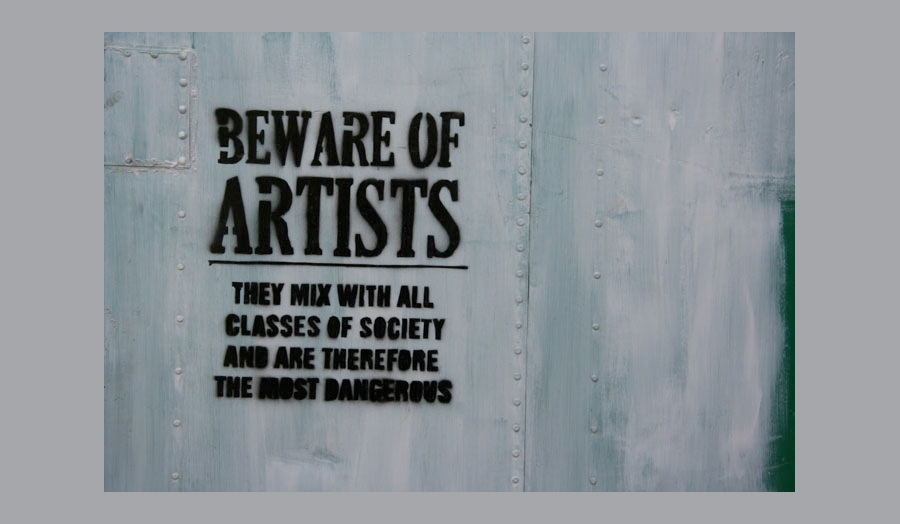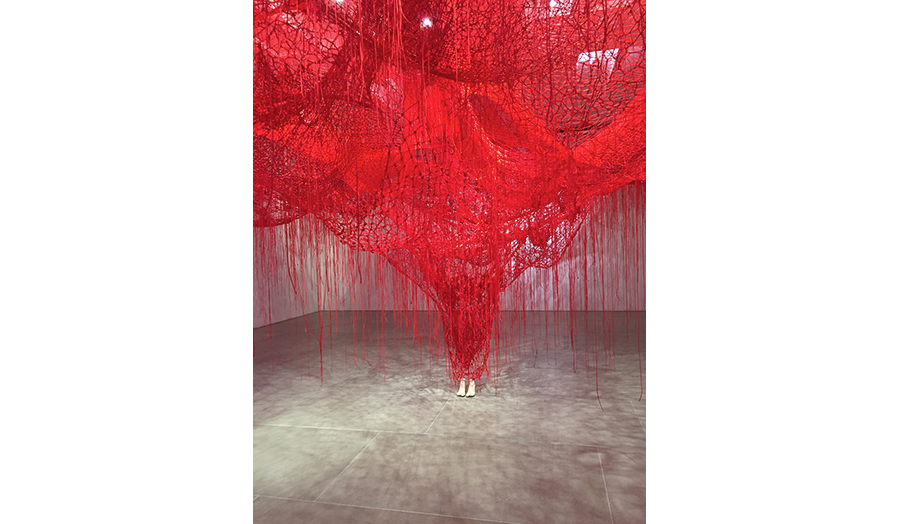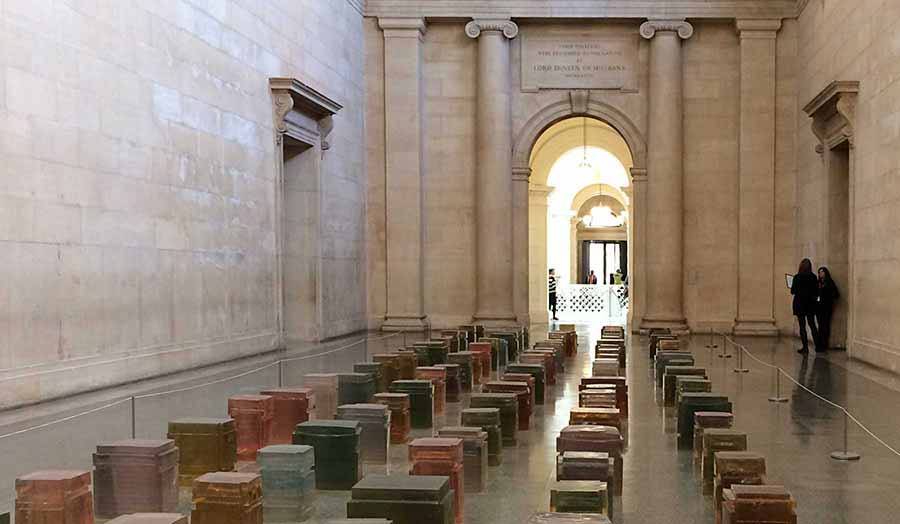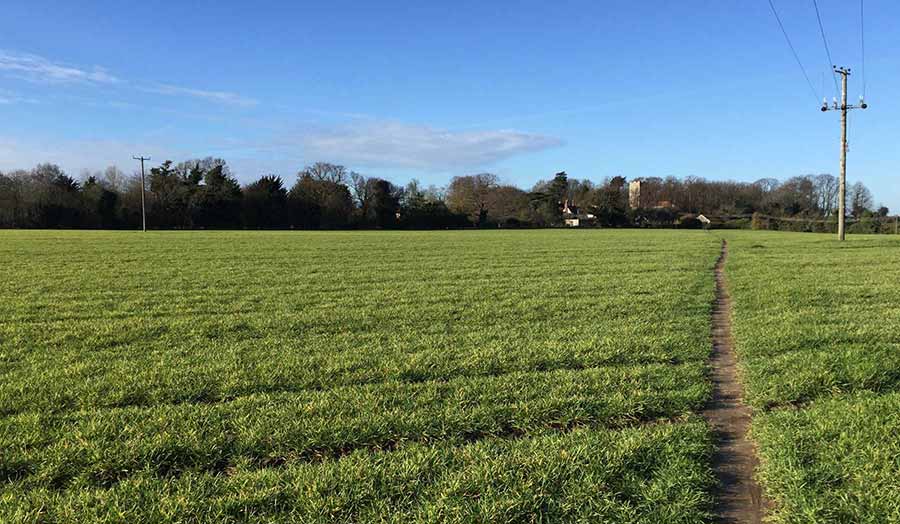Studio brief
Digging through the deepest layers of archaeological time, André Leroi-Gourhan (La geste et la parole, 1964) concluded that for millions of years, human culture and technology evolved without complex language, rational planning or abstract ‘thinking at a distance’. Instead, it progressed in a mimetic and poetic state, animated by continuous and endlessly repeating performances of embodied minds in dialogue with the material affordances of their environment.
More recently, in Being Ecological (2018), philosopher Timothy Morton suggests that it is never the case that we think first, and then act. ‘You can’t see everything at once. You just sort of middle around, and then you get some kind of snapshot of what’s going on, with more or less accurate hindsight.’ Similarly, in The Mind is Flat (2018), behavioural scientist Nick Chater makes a convincing argument that ‘mental depth’, and our sense of a consistent self, is nothing but an illusion – a smokescreen obscuring the workings of an improvising mind that is in a permanent state of re-invention. For feminist theorist Karen Barad (2003), reality is the reconfiguration of contingent ‘apparatuses’ made of language, objects and ideologies: not some fixed stage we walk around on, but the sum-total of performative acts.
Finally, anthropologist Eduardo Kohn (How Forests Think, 2013) suggests that language and the mind really reside outside the confines of our bodies, somewhere in the semiotic flow that ripples through the living and material world, and somehow connecting – to use Timothy Morton’s words again – the ‘leg bone to the to the toxic waste dump bone ...’, although let’s not forget that ‘nothing is connected to everything’, in Thom van Dooren’s words, ‘but everything is connected to something’ (2014). Dem Bones, dem bones gonna walk around.
It seems that, from the complete dissolution of independent reality in Emmanuel Kant’s philosophy, to Donna Haraway’s cyborgs and multi-species-muddles, modernity plumbs the depths of an enormous paradox: that while the whole world seems to be the sum total of all possible acts, individual acts are of no consequence; that while we have no access to reality, we manage to land on the moon; that while the world seems to move according to laws, we don’t know why; and that while individually we consent to knowing nothing, civic and political discourse is conducted in the key of controlling the world.
Studio 9 wants to have a ride on this paradox, race down the raging river of time and – like Li Binyuan in his video Drawing Board 100 × 40 – put up temporary, futile and furtive acts of resistance. It takes its title from a collection of poems by French surrealist author René Char, written between 1934 and 1944 – Le Marteau Sans Maître, or: The Hammer without a Master. In the face of war and distraction, Char alludes to the futility of individual acts struggling against the collective, sum-total force of life. The studio wants to draw conclusions from the paradoxes set out above, develop unorthodox ways of working with ideas, and reformulate possible interpretations of an ongoing present: as if writing were an act of moving around objects, and of submitting to the desires of a world teeming with possibilities. It wants to think on an absurd, fundamental and grand scale through small acts, fearless of failure and contradiction – properties that most reliably constitute the order of discourse.
On a theoretical level, the studio engages with some of the most urgent, radical and provocative voices of the present age. On an ethical and ecological level, the studio draws the consequence that if we don’t know how ‘the leg bone is connected to the toxic waste bone’, we should conduct our business on the premise not of certainty, but doubt. Finally, on a practical level, the studio sees writing as an expanded field of experimental acts in which ideas materialise not through reasoning, but répétition (practice) and carefully tapping rhythms in the dark.
Studio 9 encourages unorthodox approaches to writing and research (including cooking, performing, reading and writing together), and it promotes the notion that our imagination has as a counterpart in, and is activated by material and formal expression –writing essays in the form of maps, and apparatuses: structures and places first, content follows.
Studio Bibliography
- Agamben, Giorgio, Homo Sacer. Sovereign Power and Bare Life, trans. by Daniel Heller-Roazen (Stanford, Calif.: Stanford University Press, 1998)
- André Leroi-Gourhan, Gesture and Speech (MIT Press, 1993)
- Barad, Karen, ‘Posthumanist Performativity: Toward an Understanding of How Matter Comes to Matter’, Signs, 28.3 (2003), 801–31
- Bennett, Jane, Vibrant Matter: A Political Ecology of Things (London: Duke University Press, 2010)
- Cioran, Emil, The Trouble with Being Born (Seaver Books, 1986)
- Flusser, Vilém, and Louis Bec, Vampyrotheutis Infernalis: A Treatise, with a Report by the Institut Scientifique de Recherche Paranaturaliste (Minneapolis, Minn. and London: University of Minnesota Press, 2012)
- Haraway, Donna J., Staying with the Trouble: Making Kin in the Chthulucene (Durham: Duke University Press Books, 2016)
- Heidegger, Martin, Poetry, Language, Thought (New York: Harper & Row, 1975)
- Kohn, Eduardo, How Forests Think: Toward an Anthropology beyond the Human / Eduardo Kohn.(Berkeley: University of California Press, 2013)
- Latour, Bruno, Reassembling The Social: An Introduction To Actor-Network-Theory (Oxford: Oxford University Press, 2005)
- Lowenhaupt Tsing, Anna, The Mushroom at the End of the World (Princeton University Press, 2015)
- Thom Van Dooren, Flight Ways: Life and Loss at the Edge of Extinction, Critical Perspectives on Animals. Theory, Culture, Science, and Law (New York: Columbia University Press, 2014, 2014)
- Timothy Morton author, Being Ecological (London: Pelican, 2018)
- Tomlinson, Gary, A Million Years of Music: The Emergence of Human Modernity (New York: Zone Books, 2015)
- Valéry, Paul, ‘Course in Poetics: First Lesson’, in The Creative Process, by Brewster Ghiselin (New York: New American Library of World Literature, 1955), pp. 92–106
- Warburg, Aby, ‘A Lecture on Serpent Ritual’, Journal of the Warburg Institute, 2.4 (1939), 277–292
Image: Li Binyuan, Drawing Board 100 x 40, 2017
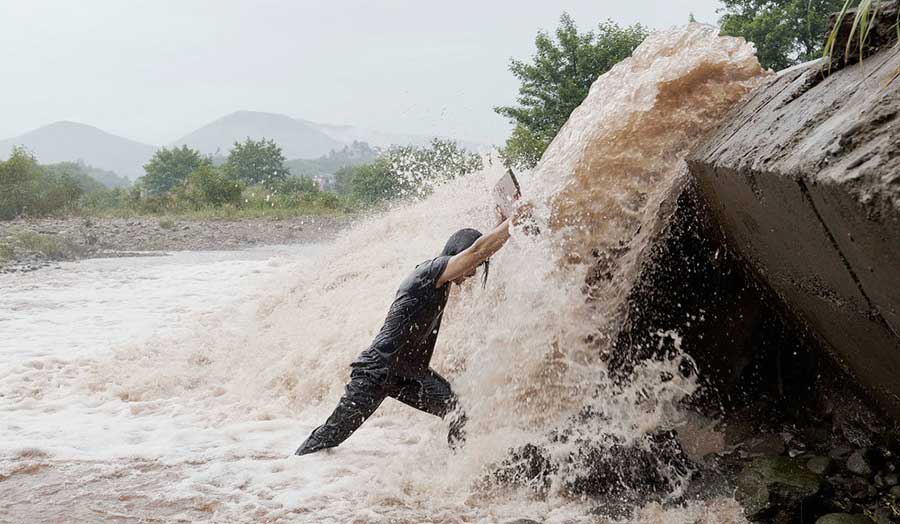
Details
| Tutor | Joseph Kohlmaier |
|---|

-(1)-(1)-(1).jpg)
-(1).jpg)
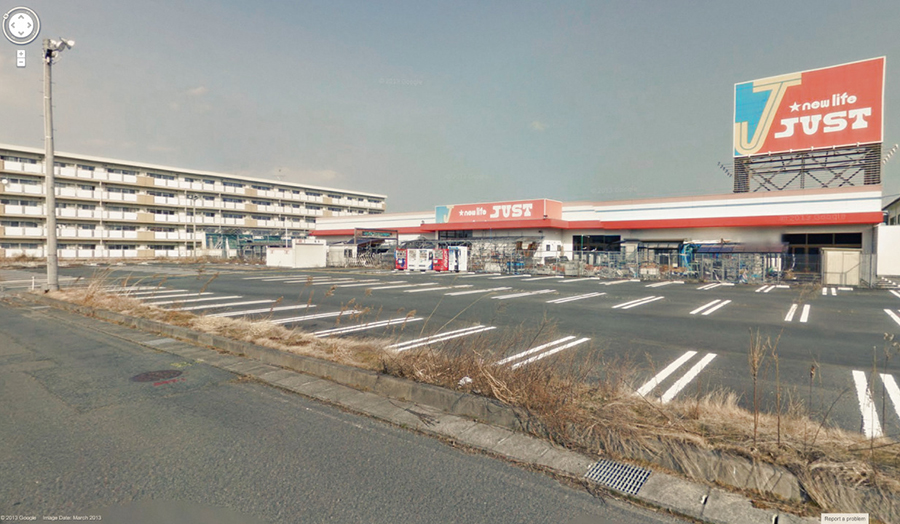
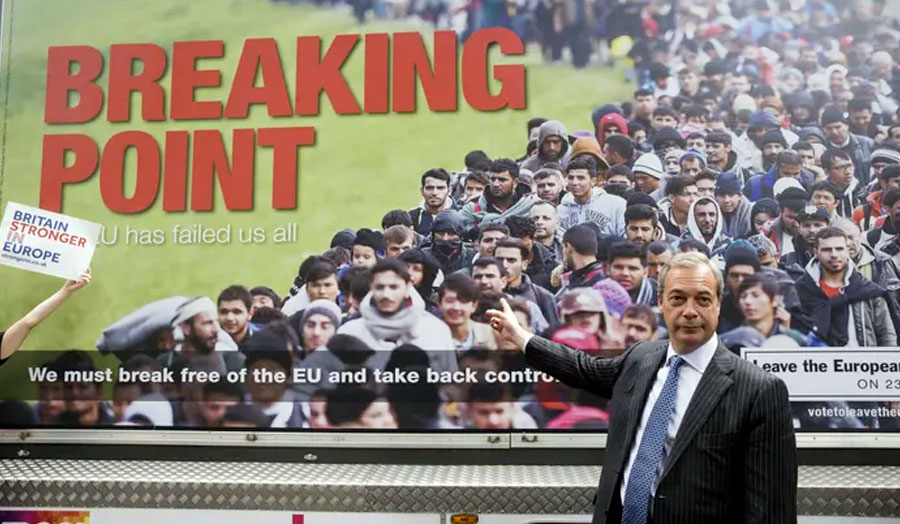
-(1).jpg)
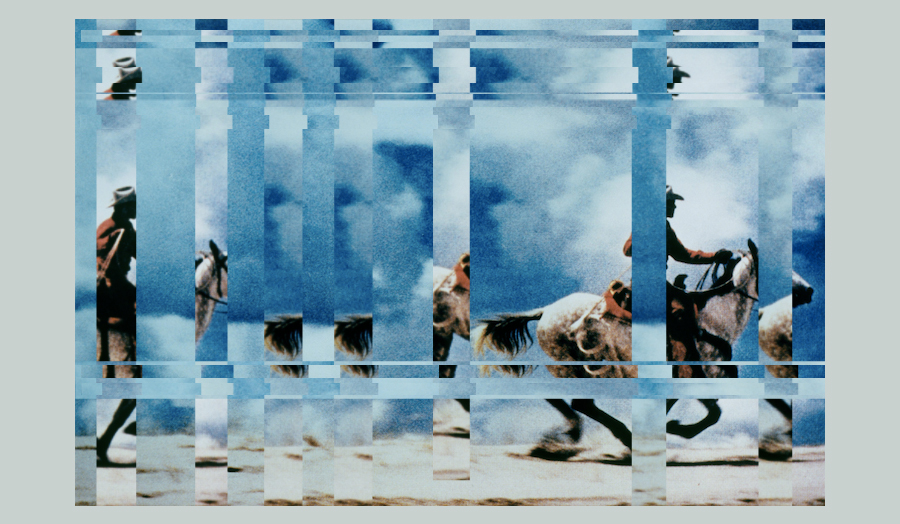
-(1).jpg)
